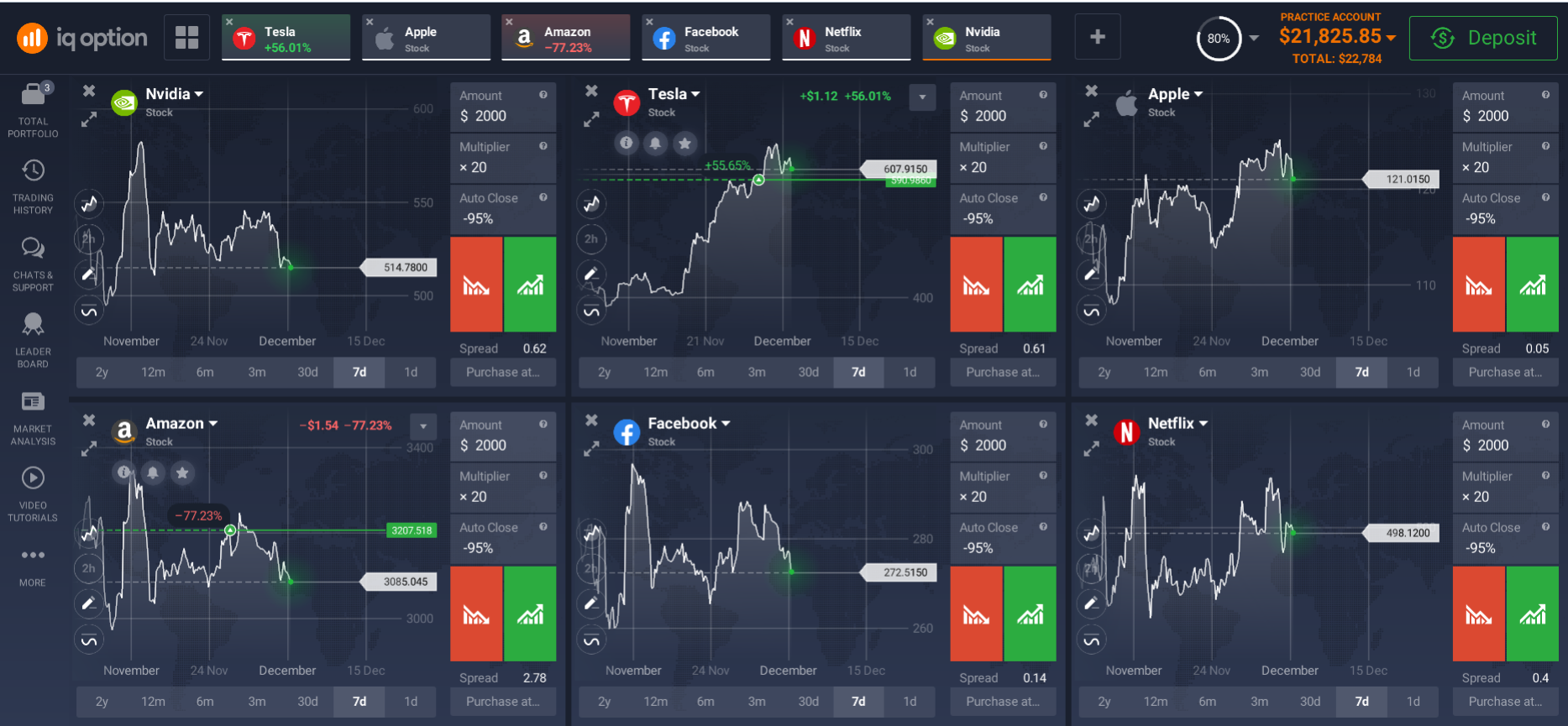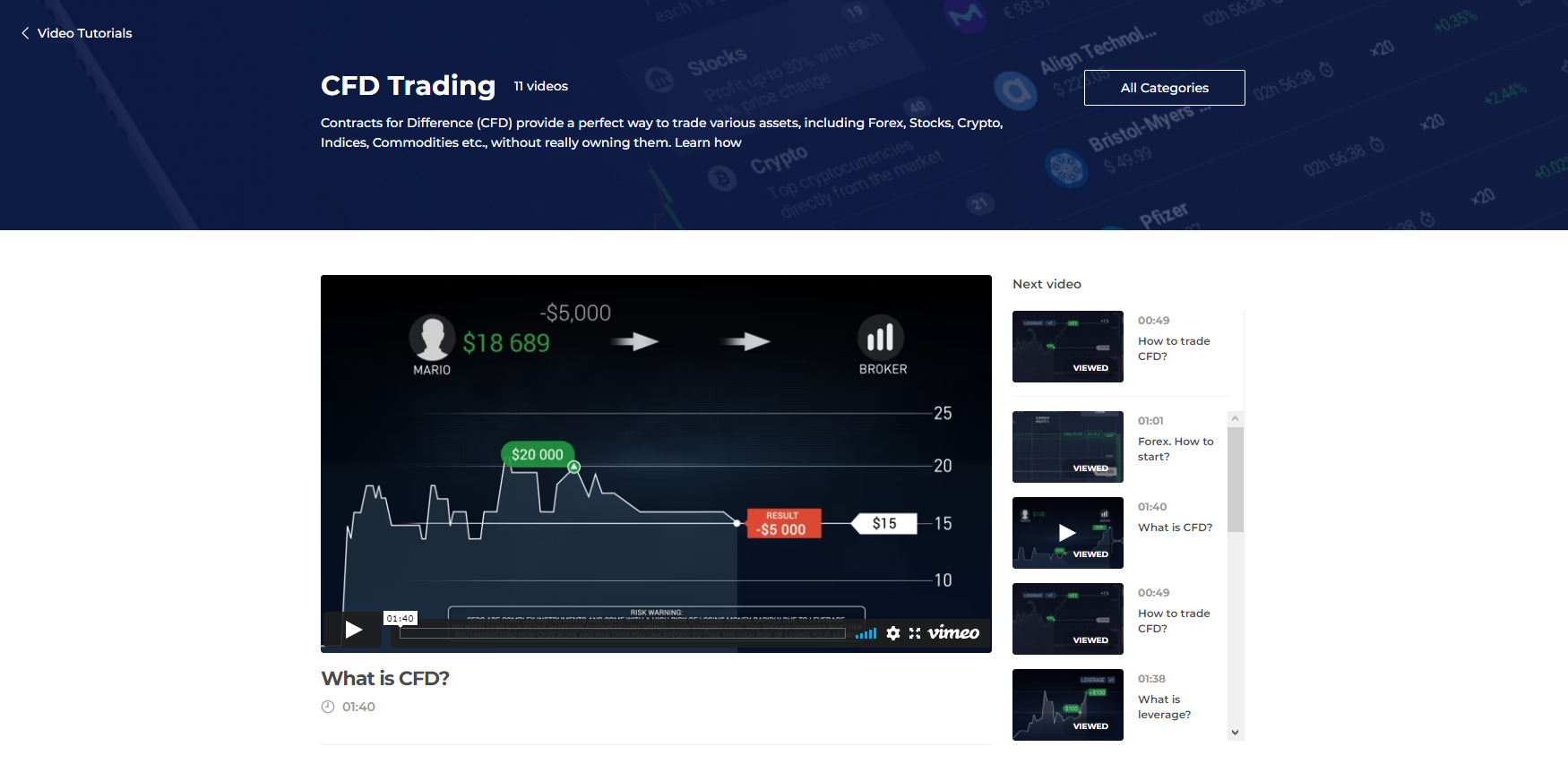Best strategy for long term trading
What is a trading strategy?
Recently, the opportunity to receive additional income on the Internet has become especially relevant. One of these opportunities is trading. If you want to start investing, but do not know where to start, then start by developing a trading strategy.
A trading strategy is something without which it is impossible to work on the exchange. Without a trading strategy, trading turns into a game of chance for adrenaline, not profit. Therefore, the importance of a trading strategy cannot be overstated.
Trading Strategy is a complete trader's guide. The goal of the strategy is to provide profit on the exchange.
A trading strategy is usually based on:
- Rules for market analysis;
- Rules for entering a position, holding and exiting a position;
- Risk management;
- Work on bugs.
There are many trading strategies available. There are universal strategies. There are specialized - separate strategies for the bond market, stocks, currency pairs, futures, indices, and so on.

Which trade to choose: long-term, medium-term or short-term?
Choosing a type of trade is like choosing a path at an intersection. Better to ask for advice when choosing where to go.
So it is in trading. If you choose the type of trade that is not suitable for yourself, you can waste a lot of time and effort. And in the end, you will not get the desired result.
Novice traders are very attracted to trading on small timeframes, since here the price moves quickly, and it seems that you can make money quickly.
But don't be in a hurry. It is necessary to analyze the pros and cons of all types of trading. Understand which time period is more suitable for you personally and is in accordance with your lifestyle and daily routine. Only after that do you go deeper into the study of trading systems and methods of market analysis.
Let's compare the pros and cons for three types of trading:
- Short-term;
- Medium-term;
- Long-term.
Short term trading pros and cons
Short-term trading is intraday trading. The advantages of short-term trading include:
- Active intraday movements.
- Fast acquisition of experience.
- High profit potential.
- There are no risks when moving positions overnight.
- There are no risks when the position is carried over the weekend.
- Small deposit.
But short-term trading has its drawbacks:
- Fast, difficult to predict market movements.
- It is necessary to observe the market for several hours a day.
- Extremely difficult trading, requires experience.
- Lots of false moves, market “noise”.
- High emotional and psychological stress.
- It is difficult to trade many instruments at the same time.
- It is difficult to build a portfolio of several trading strategies.
So, short-term trading can bring huge profits, but it requires a lot of experience and attention.
Medium term trading pros and cons
Medium-term trading is a trade that is set up to make a profit due to movements within a week, with a trade holding time of several days.
The task of the mid-term trader is to track the emergence of strong trends that have the potential to move for 3-5 days. Medium-term trading is more often trend-following trading.
What are the advantages of medium-term trading:
- It takes less time to trade.
- Medium-term trading can be combined with work or business.
- Low psychological and emotional stress.
- Strong trend movements.
- You can trade several instruments at the same time.
- You can trade several trading systems at the same time.
- Great for novice traders.
But any coin has two sides, and medium-term trading has its drawbacks, and they also need to be clearly understood:
- Large deposit.
- Relatively small profit.
- Few deals.
- Long-term drawdowns on the account.
- Additional risk of holding positions through the night, weekends, holidays.
Long term trading pros and cons
Long-term trading is already something between investing and trading. There can be several deals per year, not every month. What are the advantages of this approach:
- Suitable for busy people.
- Different markets can be traded.
- Widely diversified portfolio.
What are the disadvantages of long-term trading?
- An even larger deposit.
- It takes a lot of patience.
What to do in practice?
Each type of trading has its own advantages and disadvantages. Therefore, the choice must be approached carefully:
- Medium-term trading on the daily timeframe is best suited for a beginner trader. Since it does not require a lot of time and is not psychologically difficult.
- With the acquisition of experience, the trader can master short-term trading, which can potentially be highly profitable.
- As the deposit increases, part of the funds can be allocated for long-term trading, as it is safer.
It is better to gain experience in all three types of trading, then the total profit will be more stable and the risks are lower.
But, if you are not ready to leave your main job for the sake of trading or for another reason do not want or cannot devote a lot of time to this, then you should choose a long term trading strategy for yourself.

Who are long-term trader?
A long-term trader is an investor who buys stocks and holds them in their portfolio for an extended period of time. This is the most numerous category of stock investors, as this strategy requires the least investment of time. Many long-term traders believe that the best way to make money in the stock market is to buy shares in successful companies and hold them no matter what. Since in this case the stock is bought for many years, they tend to avoid trendy and fast-growing companies.
Benefits of a long-term strategy
Much less time is spent on such trading than on medium and short-term investments. In addition, a long-term investor does not need to make quick decisions, while shorter-term investments may require it. Being passive, the long-term investor has many benefits:
- Less commissions and fees. These payments are often forgotten by traders. But when trading with small capital, commissions and fees play a big role. In some cases, the best a trader can do is learn to control his impulses and make as few trades as possible. Many people believe that you can really make money only on long-term investments.
- Low running costs. The long-term investor does not have to spend a lot of time tracking the daily movements of the stock market. Moreover, the habit of always knowing the current value of shares is bad for him.
- Less nerves. Usually companies with not too volatile stocks are chosen for long-term investments. This means that there is much less chance that some important price movement will occur suddenly, overnight. Fluctuations in prices are more important to the short-term trader - the long-term trader shouldn't care that the stock has fallen if he is still confident that the company is doing well.
- Dividends. If the investor is also focused on dividend stocks, this additional income is another reason for a long-term investment. As the size of dividends grows, the return on the portfolio will also grow. As the company grows, dividends and bonuses will increase the growth of fixed capital.
- Allocation of additional shares. Some companies convert earnings into shares and distribute them to shareholders. Thus, in the long term, the portfolio can grow several times. Tax incentives. If an investor invests for a long time, he postpones the moment of paying tax, which means that the money that could have already been paid as taxes continues to earn.
- A proven strategy. History shows that the stock market, despite periods of decline, has shown an average return of 9% over the past 100 years. Benjamin Franklin once said: "The path to wealth is patience and diligence."

When to sell?
The long-term investor should know the conditions under which the shares that he planned to hold until the end of the century would be better sold. There are exceptions to any rule, and we will now consider them.
So when should you sell your stock?
- The company has filed for bankruptcy.
- The CFO is accused of theft or fraudulent accounting.
- The company does something that is contrary to the personal values or beliefs of the investor.
Conclusions
The trading long term strategy is just one of the ways to make money on the stock market. A small investor who does not want to constantly analyze the market, buy at the lows and sell at the highs, it is better to buy different stocks of established companies and wait. The investment period can be unlimited - then the investor will sell the shares only when the money is needed.
Your best long term trading strategies
There is no single best strategy for long term trading in the world; there is an opportunity to make changes in strategies. And this is, in fact, very important.
The trader's challenge is to be able to adjust his strategy long term trading to accommodate all major market changes. By developing your own trading strategy long term, you will not only create something unique, but if you take into account all the facts, you will also do something that suits your personal trading style.
Create for yourself the most simple long term trading strategy.
Use fundamental analysis and technical analysis, take profit and stop loss orders, learn to determine the direction of the market.
Be sure to start with a demo account, many trading platforms provide this opportunity.

How to start working in the UAE on a demo account?
Choose a trading platform for yourself:
- Register. Usually you only need to provide your name and email address for this.
- Click the "Demo account" button and you will be credited with money, which you will trade on a demo account.
- And when you feel confident, replenish your real balance and start trading.
Invest using the best long term trading strategy. Try it and you will succeed!
How to invest without buying?
Trading with CFDs is not only convenient, but also actively used by all participants in the stock market, allowing multiple transactions for the purchase and sale of securities and services with minimal cash.
A Contract for Difference (CFD) is the most profitable instrument on the exchanges, which allows you to make quick money with a minimum of free money and does not burden the participants with property rights. The overwhelming majority of exchange transactions are carried out using the CFD scheme.
Considering that billions of dollars are created on CFDs, and they are the causes of economic crises, the ability to work with them is the main feature of any trader, both beginner and experienced.

Conditions for the existence of CFD contracts
In normal trading activities, an agreement is concluded between the seller and the buyer of the goods, according to which, upon sale and purchase, the goods themselves or property rights to them will be transferred to the second party. This situation is appropriate when trading direct financial instruments - stocks, bonds, and other securities.
When it comes to derivative instruments, derivatives, conditions become the subject of bargaining.
Advantages
- Availability of leverage. The trader gets the opportunity to work with funds that are several times larger than their own coverage. In order to get started, you need to replenish the deposit for the amount required by the broker. The rest of the money is provided as a kind of loan;
- A large number of assets. CFD trading allows you to work with a wide range of financial instruments, from currency pairs to stocks. A trader has the opportunity to diversify his portfolio at the expense of diversified assets;
- Opportunities for hedging risks. CFDs are very often used as a tool for insuring risks in the markets along with options and futures.
An agreement is concluded between the parties, one of the conditions of which is the rise or fall in the price of certain securities or other assets. When this happens, the difference between the original price of the securities and its future valuation passes to the buyer or seller, depending on the fulfillment of the terms of their contract.




